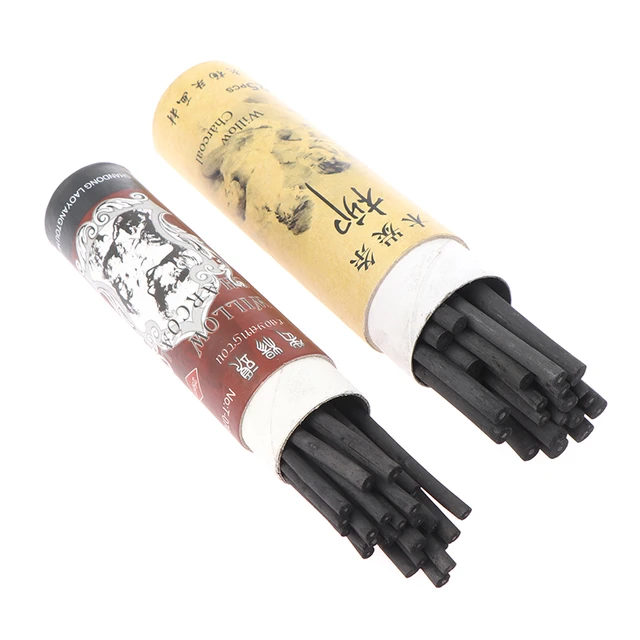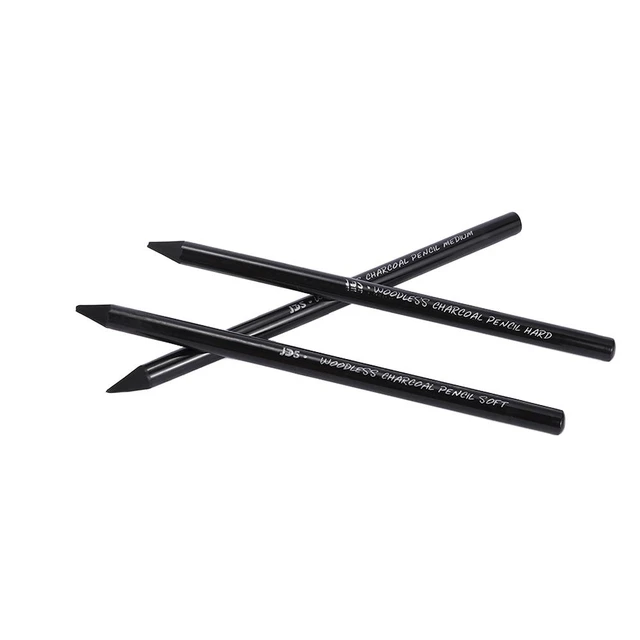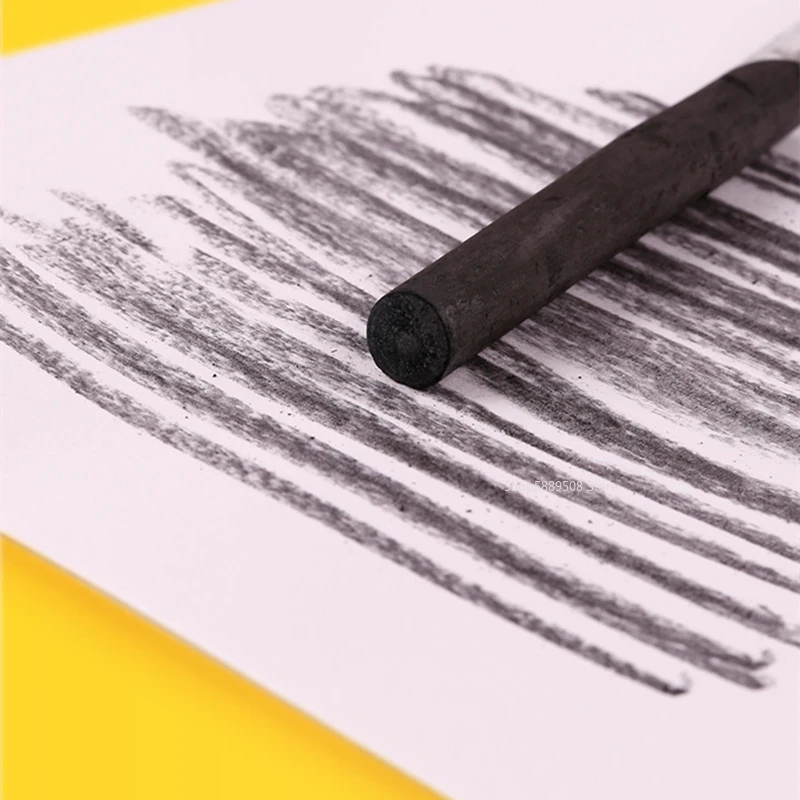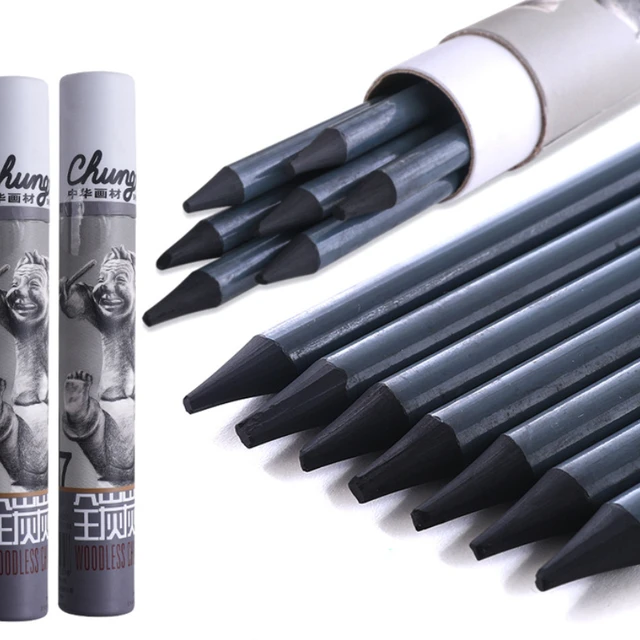Charcoal drawing is a time-honored technique admired for its versatility and rich expressiveness. When applied to flower subjects, the medium’s gradient shades and robust lines can draw out the delicate forms and textures, creating artwork that is both striking and nuanced. From hobbyists to seasoned artists, mastering charcoal with flower subjects can be a rewarding practice that hones observational skills and artistic sensibilities. Let’s explore the steps to achieving mastery in creating beautiful floral charcoal artworks.
Starting with the Basics
Understanding Charcoal Tools
Before beginning with flower subjects, familiarize yourself with the types of charcoal available. There are typically three forms: vine (or willow), compressed, and pencil. Vine charcoal is softer and lighter, perfect for initial sketches and soft shading. Compressed charcoal offers deeper, richer blacks for stronger lines and dramatic shadows. Charcoal pencils are great for precision and detail work.
Practicing Fundamental Techniques
Developing control with charcoal entails practicing techniques like hatching, cross-hatching, stippling, and smudging. Try applying different pressures and approaches to create a range of tones and textures. Understanding these techniques is crucial as flowers possess a variety of surfaces and structures that require subtle changes in shading and line work.
Selecting Flower Subjects
Finding Inspiration in Nature
Drawing from real-life flower subjects can enhance observational skills and offer the most natural forms for study. Visit a garden, park, or even a floral shop to find specimens that interest you. Look for flowers with a variety of shapes, sizes, and textures to expand your range of subject matter.
Using Reference Images
When live subjects aren’t available, high-quality photographs can serve as a good reference. Choose images with clear light and shadow differentiation so the form and depth of the flowers are evident. Reference images can also allow you to work at your own pace without worrying about the natural decay of the flowers.
Capturing the Essence of Flowers
Sketching the Basic Outline
Start with a soft vine charcoal to sketch the basic form of the flower. Focus on the overall shape and proportions rather than detailing. Keep your touch light; the initial lines are a guide that you will refine as you add layers and texture.
Developing Tone and Texture
Gradually build up the tone with layers of charcoal, transitioning from the lighter shades to the darker ones. Use your fingers, paper stumps, or a blending brush to blend and smudge areas for softer transitions. Incorporate different textures you observe on the flower’s petals and leaves to make your drawing lively and realistic.
Enhancing Shadows and Highlights
Establishing Depth with Contrast
Shadows and highlights create a sense of three-dimensionality. Identify the light source in your reference or observation and use compressed charcoal to map out the darkest areas. Conversely, use your eraser as a drawing tool to bring back the highlights or the lightest areas of the flower. This interplay between dark and light will enhance the depth and form of your floral subject.
Refining Details
Flowers can have intricate details, from the veins in their petals to the patterns of their stamens. Once you have established the main tonal areas, use a charcoal pencil to refine these elements. Be delicate and precise in your approach to maintain the flower’s fragile appearance.
Balancing the Composition
Creating a Focal Point
Your flower subject should be the star of the piece, so ensure that it naturally draws the eye. This could mean placing it slightly off-center according to the rule of thirds or adjusting the composition to include elements like stems or additional blooms that lead the viewer’s gaze towards the main subject.
Considering Negative Space
Negative space is the area around your subject. Be mindful of this area and use it to your advantage. Negative space can help to isolate the flower and keep the viewer’s focus on it. In charcoal drawing, this often means leaving certain areas with minimal marks or shading to create a stark contrast against the detailed subject.
Embracing Evolvement in Your Art
Continuous Learning and Adaptation
As with any art form, mastery requires patience and ongoing learning. Each drawing is an opportunity to improve. Reflect on your work, seek feedback from peers, and always look for new sources of inspiration. Attend workshops or watch tutorials to learn new techniques or perspectives on charcoal drawing.
Keeping a Creative Mindset
Keep your passion for drawing aflame by challenging yourself with new and diverse flower subjects, compositions, and techniques. A creative mindset is key to evolving your skills. Enjoy the process, and let your individual style develop as naturally as the flowers you draw.
Experimenting with Composition and Perspective
Playing with Angles for Dramatic Effect
Do not limit your charcoal renderings to traditional, front-on perspectives. Experiment by placing your flower subjects at unusual angles to create dynamic compositions. A side view might showcase the curvature of petals, while a top-down approach can highlight radial symmetry. Diverse angles introduce drama and can influence the mood of your finished piece.
Incorporating Background Elements
Consider incorporating background elements into your compositions to give context to your flower subject. Subtle hints of foliage, stems, or other natural elements can enhance realism and depth. Use light shading or silhouetting to suggest these features without drawing attention away from the focal flower. The background should support but not overwhelm.
Understanding Scale and Proportion
To effectively draw viewers into your artwork, pay close attention to scale and proportion. Creating a large, detailed bloom against a smaller, faded background can make for a powerful image with a sense of immediacy. Contrastingly, smaller flowers can be grouped or layered to play with space, leading the eye across the artwork in a dance of light and shadow.
Balancing Contrast and Highlights
The contrast between light and dark areas can make or break a charcoal drawing. In floral drawings, achieving the right balance of contrast is critical for highlighting the delicate beauty of the subject.
Ensure that your drawing has a full range of values, from deep blacks to bright whites. Use compressed charcoal to add intensity to the darkest shadows, and a kneaded eraser or white charcoal pencil to emphasize highlights. Balancing these elements will give your floral drawing depth, dimension, and realism.
Remember that subtlety is key when working with highlights in flower drawings. Overdoing highlights can make the drawing appear unnatural. Instead, focus on small, strategic highlights that enhance the three-dimensionality of the petals and leaves.
Experimenting with Backgrounds
The background of your drawing can significantly influence the overall composition and focus of your piece. For flower subjects, consider how the background complements or contrasts with the main subject.
A simple, dark background can make the flower stand out, drawing the viewer’s attention to the intricate details and delicate structure of the petals. Alternatively, a lighter, textured background can add a sense of environment and context to your drawing.
Experiment with different background techniques, such as smearing, texturizing, or adding abstract patterns. Use vine charcoal for softer, gradient backgrounds and compressed charcoal for more defined, textured effects. Be mindful of how the background interacts with the main subject, ensuring it enhances rather than detracts from the focus on the flower.
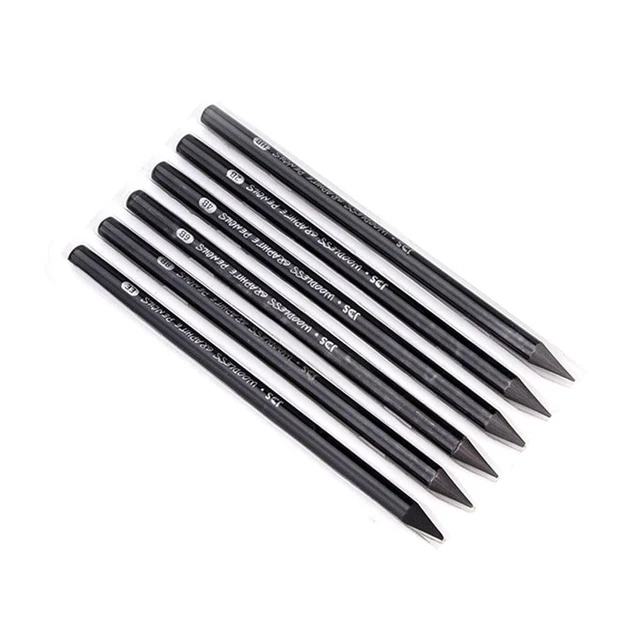 Maintaining a Clean Workspace
Maintaining a Clean Workspace
Charcoal can be a messy medium, and smudging unwanted areas is a common issue. To ensure a clean and controlled drawing environment, take steps to keep your workspace tidy.
Use a fixative spray to set your work at various stages, preventing accidental smudging and preserving your progress. Cover areas of the drawing you’re not currently working on with a clean sheet of paper or a piece of tracing paper to avoid unwanted marks.
Keep a clean cloth or paper towel nearby to wipe your hands regularly, reducing the risk of transferring charcoal to unintended areas. This practice is especially crucial when working on intricate details that require precision and cleanliness.
Practicing Patience and Precision
Mastering the art of charcoal drawing with flower subjects requires patience and precision. Take your time to build up layers of charcoal gradually, paying close attention to the smallest details.
Practice regularly to refine your techniques and develop a deeper understanding of the medium. Experiment with different types of flowers, compositions, and charcoal tools. Over time, you’ll gain confidence and proficiency in capturing the delicate beauty of floral subjects with charcoal.
Final Thoughts
In 2024, mastering the art of charcoal drawing flower subjects has become an exciting endeavor for many artists. Mastering charcoal drawing with flower subjects is a journey that will enhance your artistic skills and enrich your portfolio. By starting with the basics, selecting inspiring subjects, capturing the essence of floral beauty with careful shading and detailing, and continuously evolving your techniques, you’ll grow as an artist. Charcoal’s ability to portray softness and strength simultaneously makes it an ideal medium for capturing the ephemeral beauty of flowers. The lessons learned from each drawing will pave the path to mastery, adding depth, emotion, and sophistication to your artistic expressions.
